Which electrode is anode and which cathode in a set-up like this (plasma reactor)? Or, what is high-voltage sharp electrode - anode or cathode?
-
This block diagram is too vague. Where is reactance or inductive coil? Anode=+ but opening +dc switch produces -ve voltage. – Tony Stewart EE75 Jun 13 '19 at 17:45
-
is this a school question? – jsotola Jun 13 '19 at 17:54
-
1Dear @SunnyskyguyEE75, thank you very much on your answer! I am not in electrical engineering so I don't know much about it. We gained this circuit diagram from our professor... I think it's from scientific paper but I can't find it now to post a reference. When they were measuring voltage with an oscilloscope, it showed positive value. – Anne Jun 13 '19 at 18:09
-
Let me see if I can simulate a plasma reactor in a few minutes – Tony Stewart EE75 Jun 13 '19 at 18:10
-
"A high voltage sharp electrode" is just that - an electrode. Has nothing to do with anode or cathode - although there may be a preference for using a sharp electrode an cathode or anode in a particular experiment. – JRE Jun 13 '19 at 18:11
-
Lu, P., Cullen, P. J., Ostrikov, K. (2016) "A corona discharge is a local self-sustained discharge near the high-voltage (HV) electrode. It can be classified into positive and negative corona discharge by the polarity of the HV corona electrode. Positive corona indicates the HV electrode is the anode, and in negative corona the cathode is the HV electrode." We also used positive polarity, is that maybe a reason? – Anne Jun 13 '19 at 18:20
-
Whether the high voltage electrode is the anode or the cathode depends on how you connect it. So, yes, if you have the positive terminal on the sharp electrode it is the anode - **not** because it is sharp, but because of which end of the power source it is connected to. – JRE Jun 13 '19 at 18:22
-
If my comments and answer helped, then upvote the answer. If no one else posts a better answer, then you could click "accept" on the answer. – JRE Jun 13 '19 at 18:45
2 Answers
Step back and look at the definitions of cathode and anode for a moment.
From the Wikipedia cathode page:
A cathode is the electrode from which a conventional current leaves a polarized electrical device.
From the Wikipedia anode page:
An anode is an electrode through which the conventional current enters into a polarized electrical device.
Conventional current flows from positive to negative.
In your diagram, the current flows from the high voltage positive terminal, through a spark gap, into the plasma reactor, through the plasma reactor, then out of the plasma reactor to ground - which completes the circuit.
That makes the place the current enters the plasma reactor the anode, and the other end is the cathode. So, the pointed wire in the plasma reactor is the anode and the thick plate is the cathode.
- 67,678
- 8
- 104
- 179
Positive corona indicates the HV electrode is the anode.
Negative corona indicates the HV electrode is the cathode.
In Electronics IEEE has defined the flow of current from +ve to -ve for "logical" reasons to read +ve voltages, but it is opposite to the actual flow of -ve electrons. So electrons flow towards the positive electrode.

A sharp electrode creates a much higher electric field gradient and this stress at the tip reduces the surrounding dielectric breakdown voltage threshold to ~1/3 of between two smooth flat surfaces. However, the reduced surface area of the sharp tip also reduces the maximum current possible and or in other words raises the negative ESR in the plasma impedance.
- 1
- 3
- 54
- 182
-
Although corona suggests a failure mechanism in insulation, it is used to create Microwave Oven energy, X-Rays for dentists and Cold Plasma for food safety. Due to short path risetime from ionizing negative resistance, shorter path and time increases maximum frequencies and energy is proportional to frequency. – Tony Stewart EE75 Jun 13 '19 at 19:42
-
-
Right, my bad example but "magnetron oven sputtering" for vapor deposition uses plasma, consumer ovens must try to avoid that. Mass Spectrometers heat up a sample of material with a flame from RF power in an inert gas to create a plasma to separate the fundamental elements with spectral emissions. sorry @MichaelHarvey – Tony Stewart EE75 Jun 13 '19 at 20:44
